Heathrow unveils its three-runway masterplan – what does £49 billion get you?
Links on Head for Points may support the site by paying a commission. See here for all partner links.
Today, Heathrow (re-)submits its proposed masterplan for the third runway to the Government.
As everyone will know, this has been an on-again off-again saga for …. well, decades. Most recently, expansion was approved by the House of Commons in 2018, only to be snarled up in court battles through 2019 and early 2020.
In December 2020, the Supreme Court gave a final ruling allowing Heathrow to proceed …. but with unfortunate timing, as the aviation industry was still reeling from covid and forecasts for future passenger numbers all over the shop.
However, as the past few years have shown, demand for air travel continues to surge. Heathrow says it is on track for a record 84m passengers this year which will set a new record.
When Thomas Woldbye took over as CEO of Heathrow in October 2023 it gave the airport the opportunity to re-evaluate its proposals and ensure they made sense for the new operating environment.
With passenger demand seemingly there, Woldbye hinted in January that he needed Government support to proceed, saying that “We are the tactical executors on the plan but transportation strategy is a government issue.” Fortunately, Rachel Reeves was happy to comply and backed the plans.
So, we are back to where we started: the Government backs a third runway as a ‘Nationally Significant Infrastructure Project’ and Heathrow is ready to submit its plans. Note that this is separate to the £10bn, five-year funding settlement Heathrow is currently negotiating with the Civil Aviation Authority which does not cover any work on a new runway.
Here’s what Heathrow’s proposal looks like. It can be split into three parts, all three of which combine to allow the airport to grow to 150m passengers annually (a 78% increase) and contribute 0.43% to GDP growth.
The third runway – £21 billion
As before, Heathrow believes the best option for increasing capacity at the airport is the construction of a 3,500-metre long runway to the north west of the existing airport.
This is largely where Bath Road currently sits and crossing the M25 to the West. It suggests this would be operational “within a decade.” It’s hard to see anyone taking this timeline seriously and arguably it undermines the proposal.
According to Heathrow, the price tag is “the same as the 2014 investment of £14bn when adjusted for construction inflation in today’s prices.”
What are the benefits? A new 3,500-metre long runway would unlock up to 276,000 new flights annually (an average of just over 750 per day), taking total airport movements from 480,000 today to 756,000.
It is the only way of increasing the number of flights that can operate from the airport, with existing runways already operating at maximum efficiency.
There is no mention of where these flights would come from, but realistically a large percentage will be airlines moving from Gatwick and City. There is a discussion to be had about whether what is good for Heathrow (getting airlines to move across from Gatwick, potentially putting its future at risk) is also good for the wider UK.
Heathrow says it is open to considering a shorter runway “but the case must be made on how it can deliver the same operation, community and economy benefits as a full length runway.”
A counter-proposal by hotel tycoon Surinder Arora (owner of many of the airport hotels, and indeed some key pieces of land around Heathrow) for a 2,800-metre runway was announced yesterday for “under” £25 billion.
A shorter runway might avoid some of the expensive construction costs as a result of overbuilding the M25, which would require realignment and widening this major road – without closing it – between Junctions 14 and 15.
Studying Arora’s proposal – which he calls Heathrow West – it’s clear that the shorter runway is inadequately served by taxiways, forcing flights on a long trundle around the western perimeter of the airport, adding to taxi-time and increasing congestion across the airfield.
Heathrow says a shorter runway would not necessarily be cheaper. Re-aligning it further to the east would require the airport to purchase an additional 1,300 residential properties with associated compensation costs.
The current plans require ‘just’ 750-odd houses to be purchased at ‘unblighted’ market value + 25% plus stamp duty and other moving costs. It says it would also increase noise for communities to the East of the airport.
The airport also notes that only Heathrow’s Northwest Runway proposal is backed by the Airports Commission and Government, and has survived years of legal challenges. Redesigning the third runway would incur risk of (almost certain) judicial review.
New terminals and airport stands – £12 billion
To accommodate all the additional flights that will be unlocked via a third runway, Heathrow needs to expand its passenger infrastructure. It is proposing to do so via two new terminals, provisionally named T5XW and T5XN. As the names suggest, these would be to the West and North of the existing Terminal 5 building.
The new Terminal to the West of T5 would act as the main arrivals and departures hub, connecting to the new Northerly Terminal underneath the airfield via (I presume) an air train.
At this stage, the number of new gates is not finalised (and would depend on the ratio of small and large gates for short and long haul aircraft) but looking at the diagrams this would at least double the 53 gates T5 currently has.
Demolishing, expanding and modernising existing terminals – £15 billion
Plans are already in place to modernise and rationalise the Heathrow Central area, which currently comprises Terminals 2 & 3 and the derelict Terminal 1, which closed in 2015. This would be delivered “in a two runway masterplan regardless of (runway) expansion.”
As I have written before, this involves demolishing Terminal 1 once T2’s new baggage system is in place and extending the main Terminal 2 building to the north. Terminal 3, the oldest of Heathrow’s terminals, would be demolished, with the exception of the four A380 gates in the 2006-era Pier 6.
Two new satellite terminals would be built: T2C to the East of T2B and T2D to the West, where Terminal 3 now stands. A new extended Pier 6 would also be sandwiched between T2A and T2D, as well as a row of remote stands to the West of T2D.
Again, the final number of gates is not confirmed but it seems T2 would at least double in size, which it would need to to absorb T3’s existing 28 gates.
The earliest much of this can happen is 2029/30. This is when T2’s new baggage system – which is being assembled in an underground bunker between the main terminal building and the satellite building – is projected to be completed.
I suppose it’s possible that work on the T2C satellite terminal could start before then, but given current timelines this seems unlikely. Terminal 2 will have to be extended before Terminal 3 is demolished in order to maintain the airport’s existing capacity. Only later will the Western section of the Central Terminal area be able to be redeveloped.
What happens next?
At £49bn, these plans are not as expensive as were speculated, with talk of costs spiralling into the £60bn range.
That said, given that Heathrow is guaranteed a healthy return on its spending by the CAA, which sets the fees charged to airlines, it is difficult to see any incentive to keep costs down.
Some of these projects – such as the £15bn expansion and modernisation of Terminal 2 – need to happen regardless of whether a third runway is ever built, given the state of Terminal 3. Even Virgin Atlantic – often a critic of Heathrow’s plans – is clamouring for a new home for the airline.
To put that into context, the third runway and the associated new terminals near T5 account for £33bn – or two thirds – of the overall masterplan.
Government ministers will now need to consider the proposal and inform Heathrow how it wants to proceed. Heathrow can then apply for a Development Consent Order.
Heathrow says it will need “sufficient comfort that the necessary policy changes (on airspace modernisation, planning reform and regulation) will be implemented before …. taking this proposal forward to a full planning application.”
It expects to hear back from Government after the summer. “Timing is crucial if it is to achieve the Government’s schedule of DCO approval by 2029.”
Even if approved, there will be further long discussions over who should pay. The Arora plan, and the model favoured by the airlines, is for the airport to be broken up and the extension and new capacity ring-fenced. New entrants would pay for the cost of the third runway, whilst the legacy carriers are shielded.
No-one is offering to fully fund the £10 billion contribution requested by TfL as a contribution towards the necessary rail and road links.



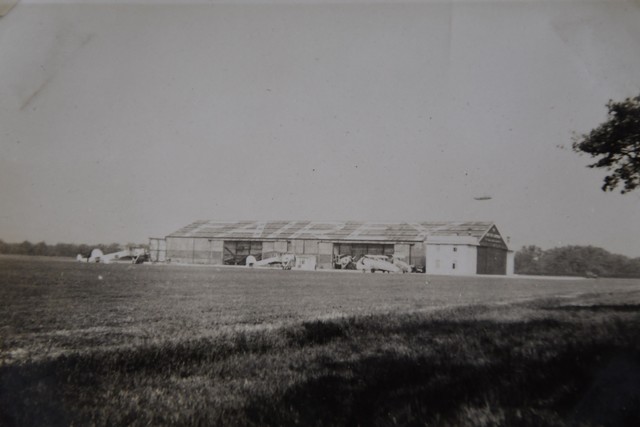
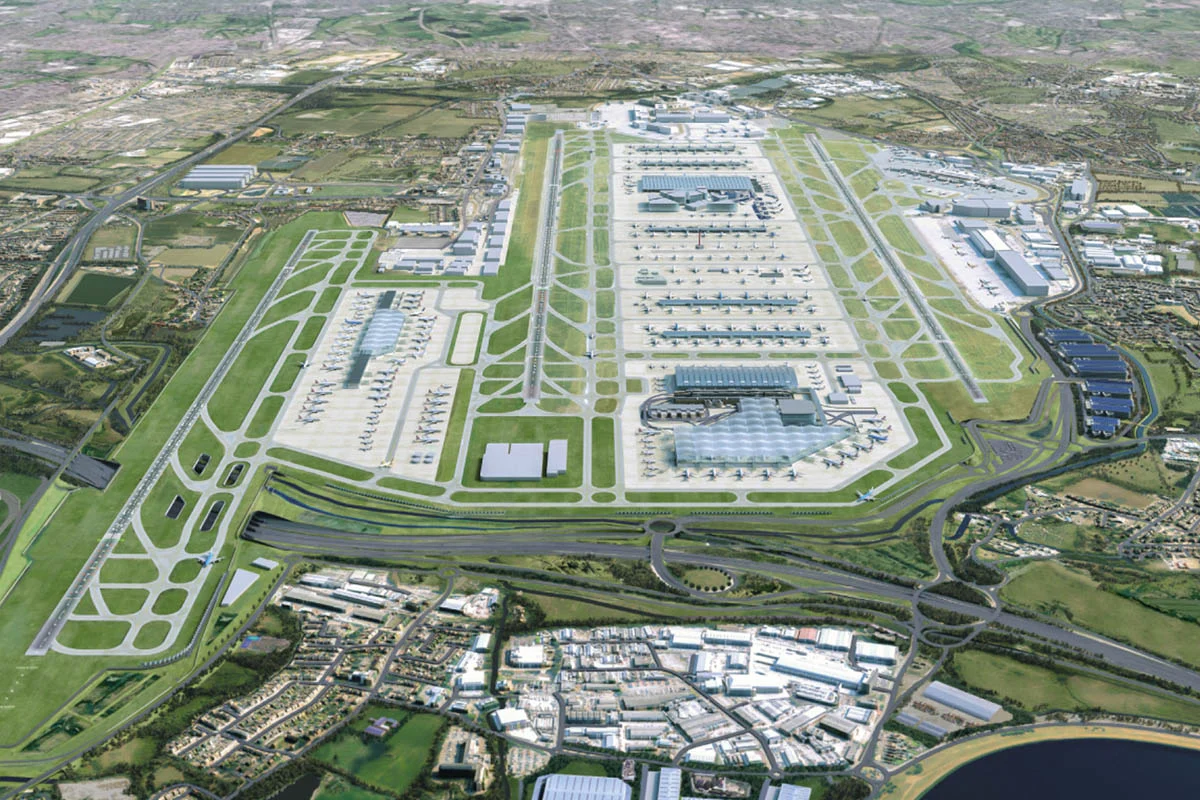
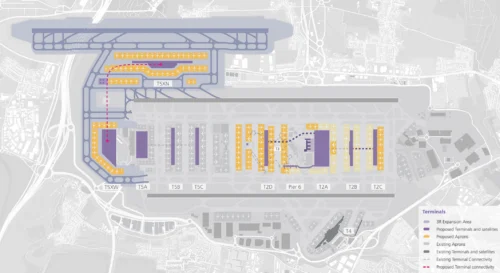
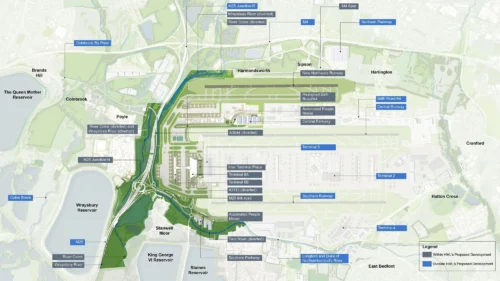
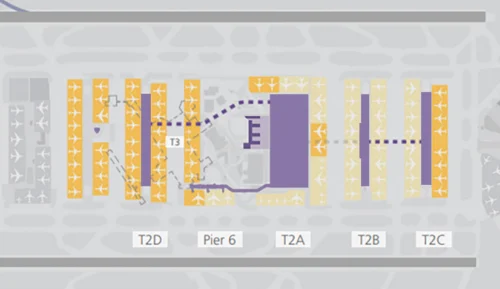

 Rhys
Rhys 





Comments (189)